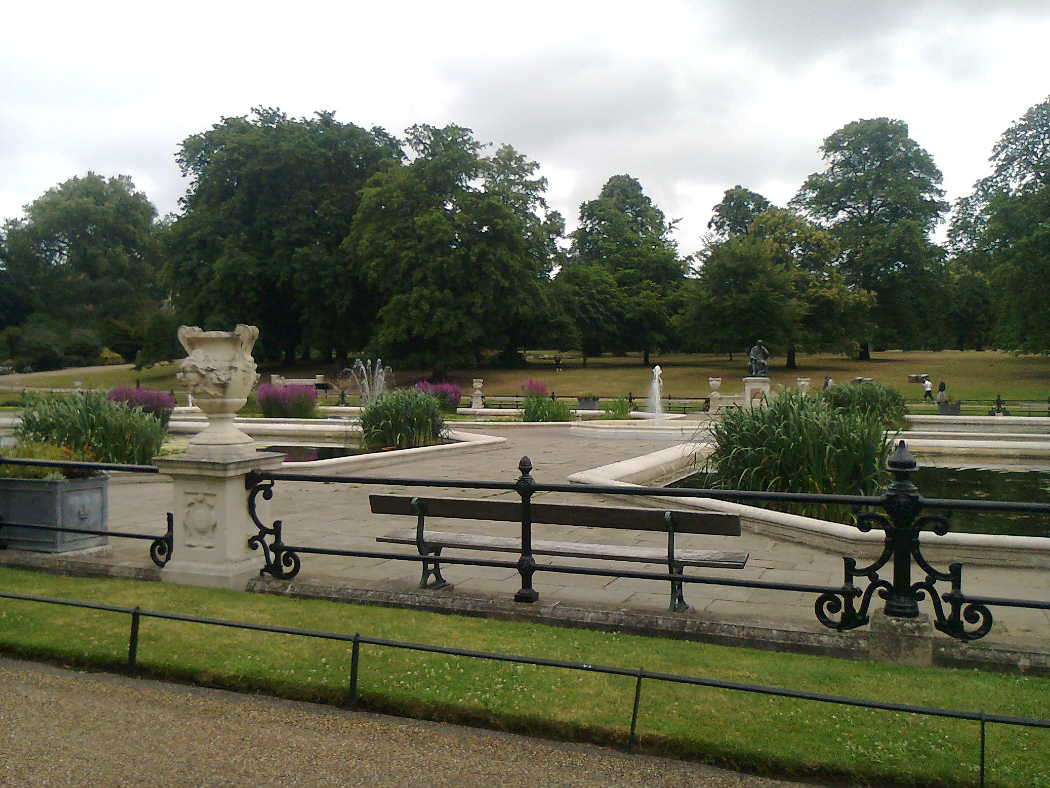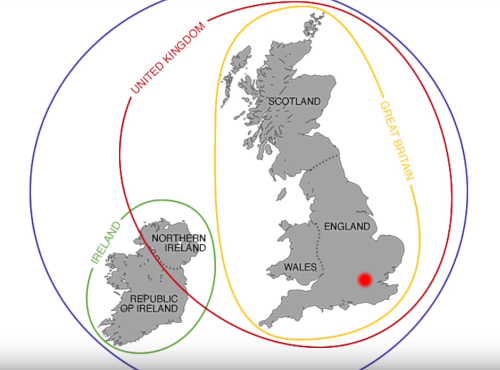


 Quote from a classic (Samuel Johnson): When a man is tired of London, he is tired of life.
Quote from a classic (Samuel Johnson): When a man is tired of London, he is tired of life.
I tried to write here some tips to keep in mind when travelling to London* . All advice is, of course, subjective and based on my own experience.
. All advice is, of course, subjective and based on my own experience.
In the section of interesting places, I tried to add self-taken photos so that it would be better to imagine what awaits in the respective place (self-taken photos have an icon in the upper left corner, as in this picture above). I haven't even been to all the places listed there yet. I hope I won't miss too much.
London's "tourist traps" (Tower, Buckingham Palace, Piccadilly Circus, etc.) are not listed here quite deliberately. I assume that you can get enough information about these from any tourist information office in London, there is no point in rewriting these (you can also get to know these from this video  ). I tried to introduce lesser-known places or bring facts about well-known places that you can't notice at first glance.
). I tried to introduce lesser-known places or bring facts about well-known places that you can't notice at first glance.
If you have seen the "must see" sights, take a look there. There are a few hundred places that might be of interest. The short description also includes the name of the nearest Underground station (or DLR station) and a link to a Google map to help you find the place. You can view the locations of all the places together on the Google map. From there, you can see which places are close, which you can see consecutively in one walk.
Note the plaques on the houses (mostly but not always round and blue). Many famous people have lived in London and their places of residence are often (but not always) marked with such signs. There are nearly a thousand of these plaques. You can find the most important of these in the section "Various/Celebrity-related".
* Of course I'm talking about London in the UK. There are actually 29 places in the world called London. Not to mention derivatives.
 33 Eccleston square (number 34 in the picture is misleading, W.C. lived on the right, in building 33, what to do if the houses are so close to each other)
33 Eccleston square (number 34 in the picture is misleading, W.C. lived on the right, in building 33, what to do if the houses are so close to each other)
 77 Parliament Hill
77 Parliament Hill
 67 Brook Street
67 Brook Street
 25 Brook Street
25 Brook Street
Consider that London is an high-priced city. I have been on week-long trips and more than half of the money is spent on the hotel (**). Plane ticket and travel insurance for the remainder. Eating costs, as it costs... Food prices in stores such as Lidl or Tesco are perhaps even cheaper than in Estonia. Of course, if you prefer restaurants, then... You know. If you buy an Oyster transport card, you will spend about 60 pounds in a week by travelling dozens of times a day (or even hundreds of times, as it is known that no more money will be charged after the daily limit) on the Underground and bus. You can buy your beautiful blue Oyster right at the airport, the £7 card itself, and putting the money on it is called "top up".
Many of the legends given here are doubtful. Who knows exactly how it was there in the 16th century... But still interesting! Be critical, but enjoy.
If you want to send an e-mail to me: Username "pontu6" on service gmail.com.
Shortly about the menu:
I tried to use British English everywhere. But sometimes I had problems writing because there are differences between British and American English that can lead to misunderstandings. For example, the term "first floor" means different things. I then tried to be clear to call "lower floor" and "upper floor". I hope you understand.
At this point, I would also like to express my thanks to Annes Ihoma, who helped me with useful advice in making the website.